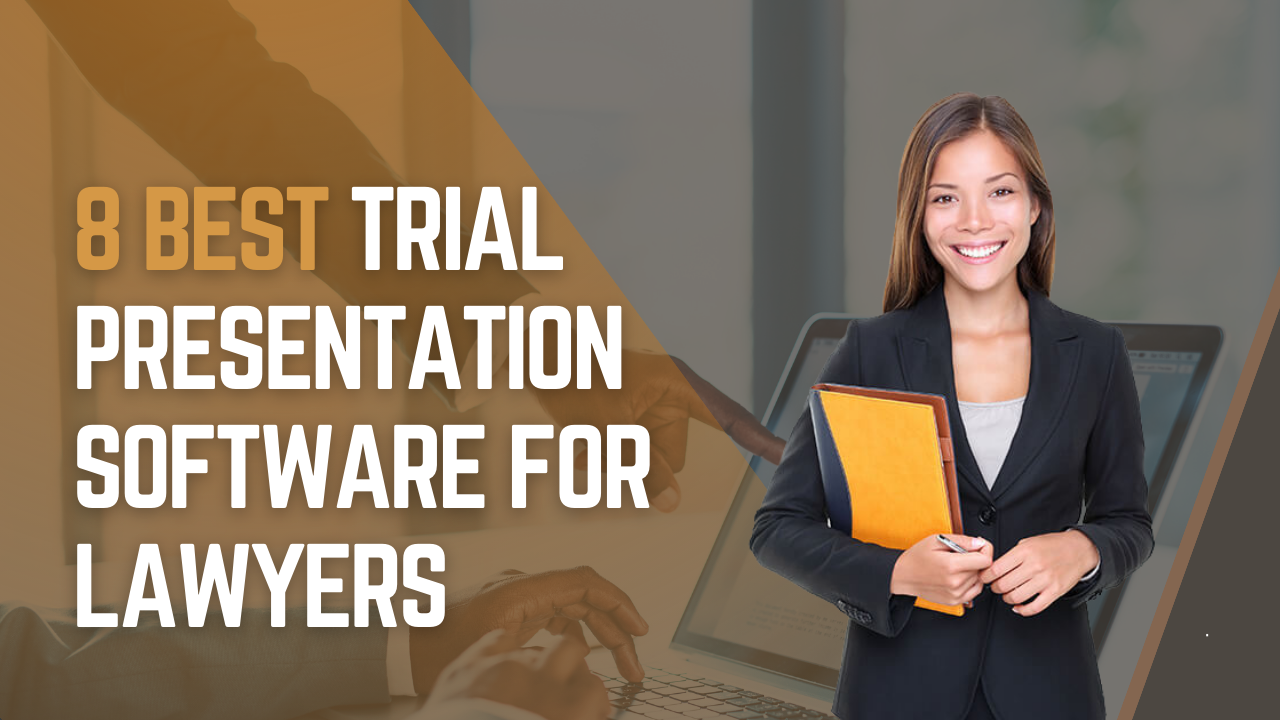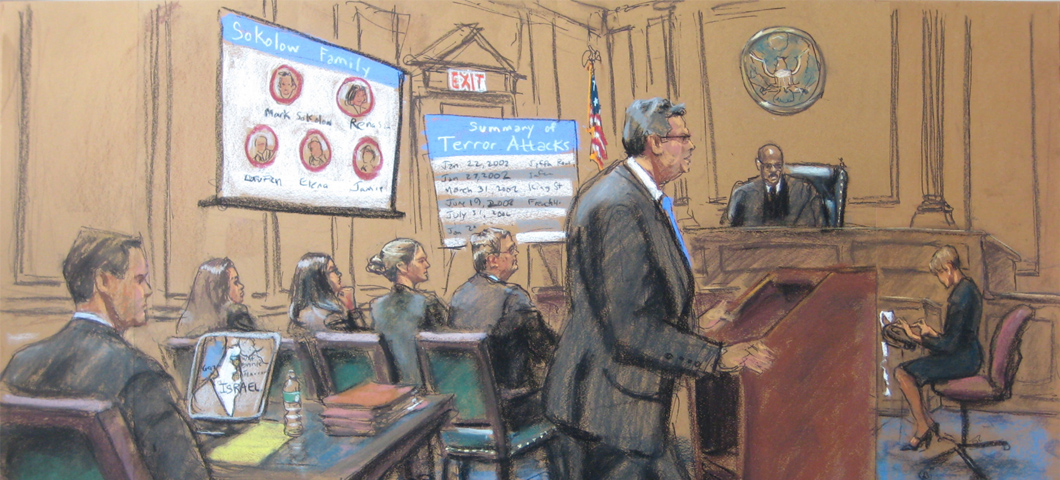From Principle to Court: Actions to Develop Effective and Persuading Trial Presentations
Browsing the Intricacies of Test Presentations: Tips for Seamless Shipment and Compelling Disagreements
In the world of lawful process, the art of trial discussion stands as a crucial factor of success. As attorneys browse the detailed internet of court room characteristics, the capacity to effortlessly supply disagreements and proof while captivating the court's attention ends up being vital. The complexities inherent in test presentations need a fragile equilibrium of method, skill, and finesse. By developing methods that guarantee a refined delivery and crafting compelling disagreements that reverberate with the audience, attorneys can significantly enhance their campaigning for. In a globe where persuasion reigns supreme, grasping the details of trial presentations is not just a choice but a need for those looking for to prevail in the court room.

Comprehending Test Objectives
To efficiently browse a test, it is important to have a clear understanding of the objectives that require to be achieved. Before entering the court room, lawful teams need to specify their objectives and preferred results. These purposes act as directing concepts throughout the test, forming strategies and affecting decision-making procedures.
Comprehending trial objectives entails a thorough evaluation of the instance, lawful precedents, and the customer's finest interests. Trial Presentations. It needs a careful exam of the truths, recognizing vital problems, and expecting prospective challenges. By setting particular and measurable goals, attorneys can customize their discussions and debates to align with the wanted results
In addition, a clear grasp of trial purposes enables lawful groups to prioritize evidence, witnesses, and lawful debates effectively. It permits the advancement of a meaningful narrative that reverberates with the judge and jury, reinforcing the overall instance presentation.

Organizing Evidence Effectively
Having a clear understanding of trial goals lays the structure for arranging evidence effectively in legal process - Trial Presentations. By lining up the presentation of evidence with the preferred end results of the test, lawful groups can strengthen their disagreements and boost their persuasiveness. One important aspect of organizing evidence is classification. Organizing evidence based on themes or relevance to specific lawful components can assist improve the discussion and make intricate details extra absorbable for the judge or jury.
An additional secret component in organizing proof effectively is developing a logical circulation. Presenting evidence in a systematic and sequential way can aid develop an engaging narrative that supports the lawful arguments being made. Furthermore, making use of visual help such as graphs, timelines, or charts can even more improve the company of evidence and help in making clear intricate connections or series of occasions.
Furthermore, guaranteeing that all proof offered is pertinent and permissible to the case is vital. Inadmissible or irrelevant evidence can diminish the toughness of the debate and potentially harm the trustworthiness of the here and now event. Therefore, a precise evaluation and selection procedure need to be undertaken to include only the most impactful and lawfully sound evidence in the trial presentation.
Crafting Influential Narratives
Crafting engaging stories plays a pivotal role in providing convincing disagreements throughout lawful procedures. A well-crafted story has the power to astound the target market, stimulate feelings, and inevitably guide the choice for the here and now event. When creating a story for a test discussion, it is vital to develop a clear story that highlights bottom lines and links them in a meaningful way. Begin by describing the truths of the case in a compelling manner, ensuring that the series of occasions is simple to comply with. Introduce characters effectively, giving history info that assists the audience recognize their inspirations and activities. In addition, integrating vibrant descriptions and interesting language can bring the story to life, making it much more memorable for the court and court. By weaving together proof, testament, and legal arguments right into a influential and cohesive narrative, attorneys can effectively support for their clients and increase the probability of a beneficial outcome in the court room.
Understanding Visual Aids
Efficient usage of visual aids is vital to enhancing the effect and quality of test presentations. Visual help, when utilized tactically, have the power to streamline intricate information, strengthen vital factors, and leave a lasting perception on the discretionary. To understand visual aids in trial presentations, it is vital to ensure that they are clear, concise, and relevant to the disagreements being made.
When integrating aesthetic help, such as graphes, photos, graphs, or timelines, right into a test discussion, it is important to maintain them aesthetically appealing yet specialist. The visuals need to enhance the spoken debates, giving an aesthetic depiction of the details being reviewed without frustrating the target market with unneeded information.
Additionally, exercising with the visual aids beforehand is crucial to make sure a smooth shipment during the trial. Acquainting oneself with the web content, shifts, and timings of each visual aid can help keep the circulation of the discussion and avoid technical problems that see this site might develop.
Providing Impactful Closing Arguments
An engaging closing debate works as the culmination of a test discussion, encapsulating the core narrative and convincing the court and jury towards a desirable choice. To deliver an impactful closing argument, it is critical to succinctly evaluate bottom lines, highlight the toughness of your situation, and address any kind of weaknesses in a strategic fashion. Begin by detailing the main debates that support your customer's setting, stressing why the proof provided throughout the trial sustains your narrative. It is necessary to create a sense of communication and quality, guiding the discretionary towards the wanted verdict.
Additionally, incorporating psychological appeal can better strengthen your closing disagreement. Eventually, a well-crafted closing argument must leave a long-term impact, compelling the judge and jury to rule in your Get the facts client's support.
Verdict
In final thought, understanding test presentations involves comprehending objectives, arranging proof, crafting narratives, using aesthetic aids, and providing impactful closing disagreements. By applying these approaches properly, attorneys can offer their case seamlessly and make engaging arguments in the court room. It is vital to browse the intricacies of test presentations with accuracy and ability to achieve success in legal process.
By straightening the presentation of evidence with the preferred end results of the test, lawful groups can enhance their disagreements and boost their persuasiveness (Trial Presentations). To grasp aesthetic help in trial presentations, it is critical to guarantee that they are clear, succinct, and relevant to the arguments being made
An engaging closing argument offers as the end result of a trial discussion, encapsulating the core story and encouraging the judge and court towards a positive choice. Begin by outlining the major disagreements that support article source your customer's position, stressing why the proof presented throughout the test sustains your narrative.In verdict, understanding test discussions entails understanding goals, organizing evidence, crafting stories, utilizing visual help, and delivering impactful closing disagreements.